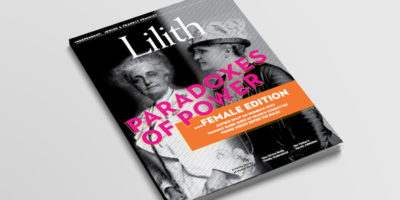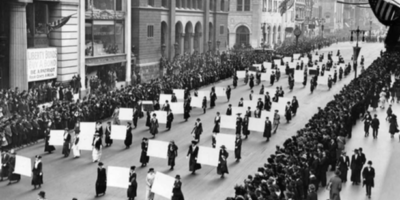Mengele’s Horrific Experiments, Through the Eyes of Identical Twins
The debut novel by Affinity Konar isn’t for the faint of heart.
Mischling (Little, Brown $27) is a grim work of fiction revolving around the terrifying world of Josef Mengele, the Demon Doctor of Auschwitz, and the tortures he performed on children during the Holocaust. Hundreds of twins, triplets and other genetic oddities were “saved” from the gas chambers by Mengele’s curiosity, only to be horrifically experimented on. Konar writes through the eyes of identical twin sisters trapped in Mengele’s “Zoo.”
Pearl and Stasha, age 12, value each other and their indelible similarities above all else. They share the same looks, the same dreams, even the same pains. One of their favorite games is to sit back to back in silence, each drawing something in the dirt without the other seeing. The twins would always draw the same things in unison, until Mengele’s experiments start to divide them. Their bond, bordering on telepathic, eventually inspires one of Mengele’s most horrifying experiments.
While the sisters appear to act identically in many ways, their inner lives are entirely unique. Konar alternates the narrator with each chapter, switching seamlessly between Pearl’s and Stasha’s memories. Timelines will sometimes overlap briefly, demonstrating the strength of the sisters’ connection as they experience separate events simultaneously. At the exact moment when Stasha receives a sadistic “treatment” in her ear, Pearl describes feeling the same searing pain in her own body.
Mischling draws a lot of power from this dual narrative technique. Not only do the sisters begin to separate in the real world, it becomes clear as the story unfolds that their memories diverge sharply as well. Konar uses these growing changes to highlight different aspects of the Zoo. Stasha, identified early on as a “better fit” for the camps, stops paying attention to the suffering of the other children just as Pearl obsesses over it. In one scene, Pearl wakes up to find a young girl has died in the bed next to her and, to her horror, other children quickly loot the body. Despite this being a traumatic experience for Pearl, we find out later that Stasha has barely noticed.
Though Mischling follows the inner lives and thoughts of two children, Konar does not write from the perspective of a child. The book is written in an omniscient aristocratic voice, providing details and insights the children could not possibly understand. This adult view, in constant retrospective, paired with the children’s naivete, is jarring at times. Mischling provides many beautiful turns of phrase, but does so at the expense of her characters’ credibility. Speaking as a fetus at the story’s beginning, Stasha describes being “afloat in amniotic snowfall, two rosy mittens resting on the lining of our mother.”
This distinctive feature of Konar’s writing, while challenging, helps the reader swallow what would otherwise be an unbearable topic. By acknowledging Pearl’s and Stasha’s inevitable loss of innocence from the outset, Konar dives bravely into the most terrifying Nazi practice of all.
Chloe Rose is a graduate of the BFA Creative Writing program at the University of British Columbia. She has written for Maclean’s, Haaretz and the Syrup Trap.



